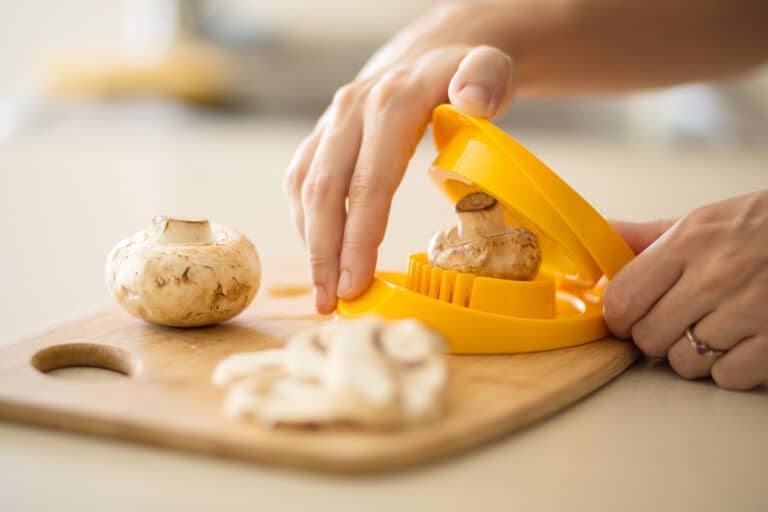15 Foods a Chef Would Never Order at a Restaurant
When dining out, we often wonder what to choose from a menu brimming with tempting options. However, with insider knowledge and culinary expertise, professional chefs tend to navigate these choices differently than the average diner. There’s a surprising array of standard menu items that chefs, with their discerning palates and understanding of food quality and value, typically avoid ordering. From overpriced basics to dishes that don’t showcase a restaurant’s true potential, here are 15 foods chefs are likely to take a pass when enjoying a meal they didn’t have to prepare themselves.
1. Chicken Breast
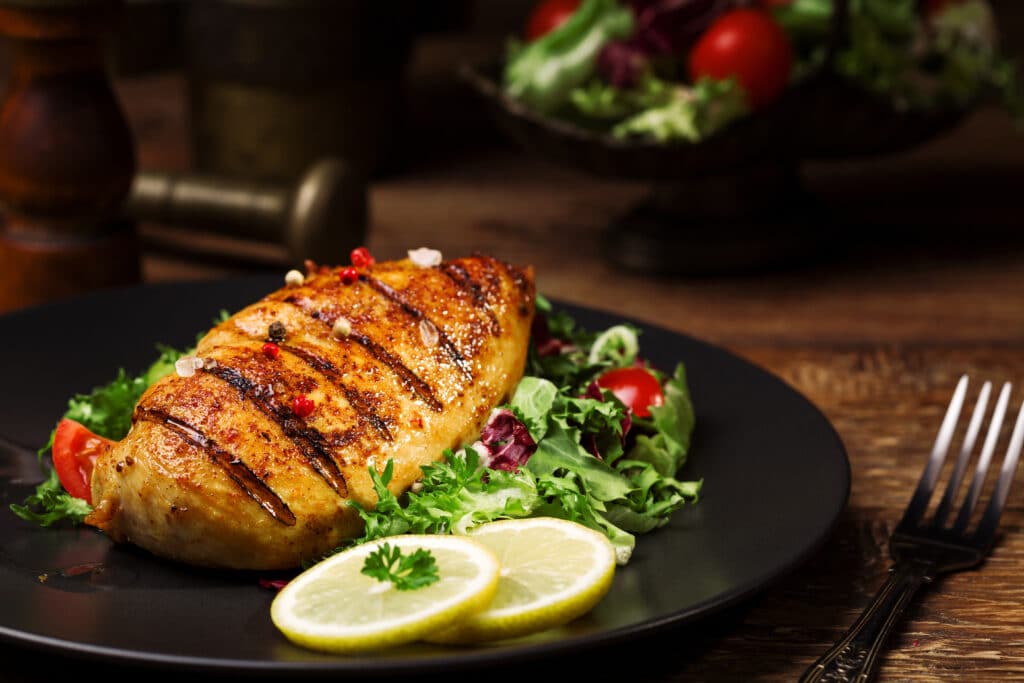
Chefs avoid ordering chicken breast at restaurants because it’s often overcooked and turns dry. They usually prefer to try something more unique, especially at high-end places with plenty of other exciting dishes. Take a look at the 15 best recipes for bone-in chicken breasts.
2. Beef Filet
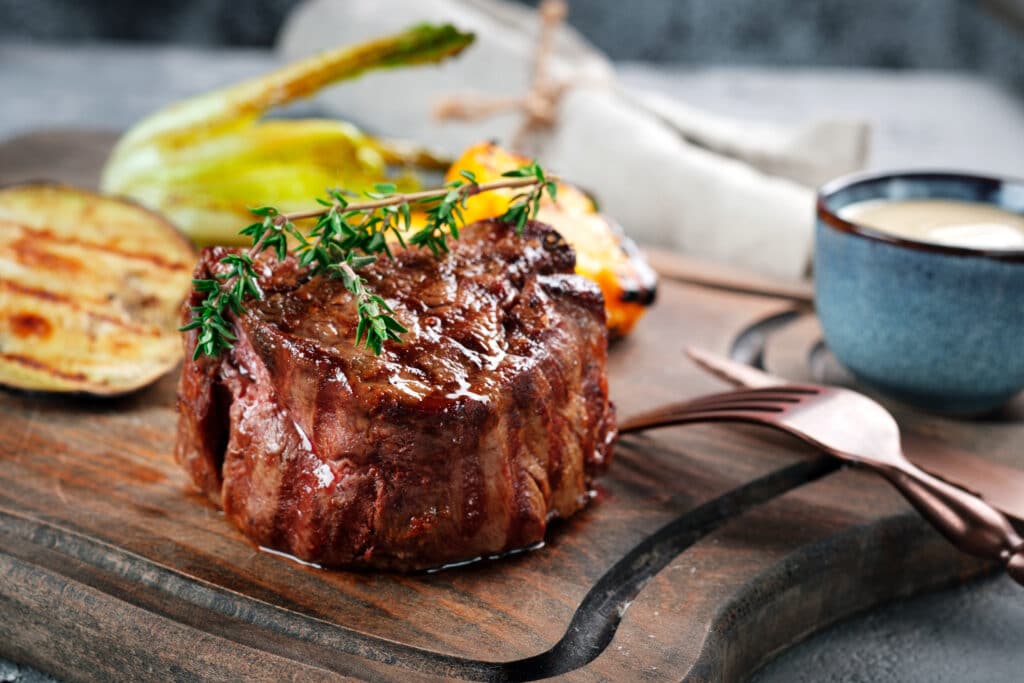
Chefs often see the filet as overrated and not worth the high price. They find that it’s not cooked right often, being either over or underdone, and the side dishes that come with it are usually unimpressive. Find out how to cook the perfect steak!
3. Mussels
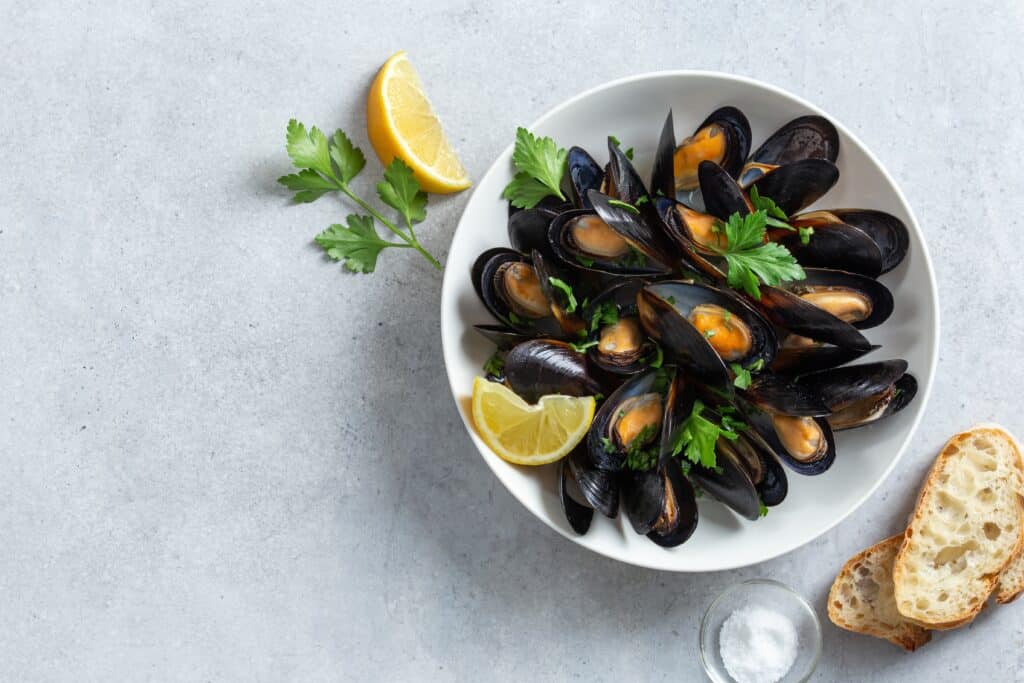
Chefs are cautious about ordering mussels in restaurants because if they’re not fresh or handled correctly, there’s a risk of getting sick. Mussels must close before cooking and open afterward; if they don’t, it’s a sign they might not be safe to eat. Chefs know it’s a red flag if the cook doesn’t notice these details.
4. Pasta
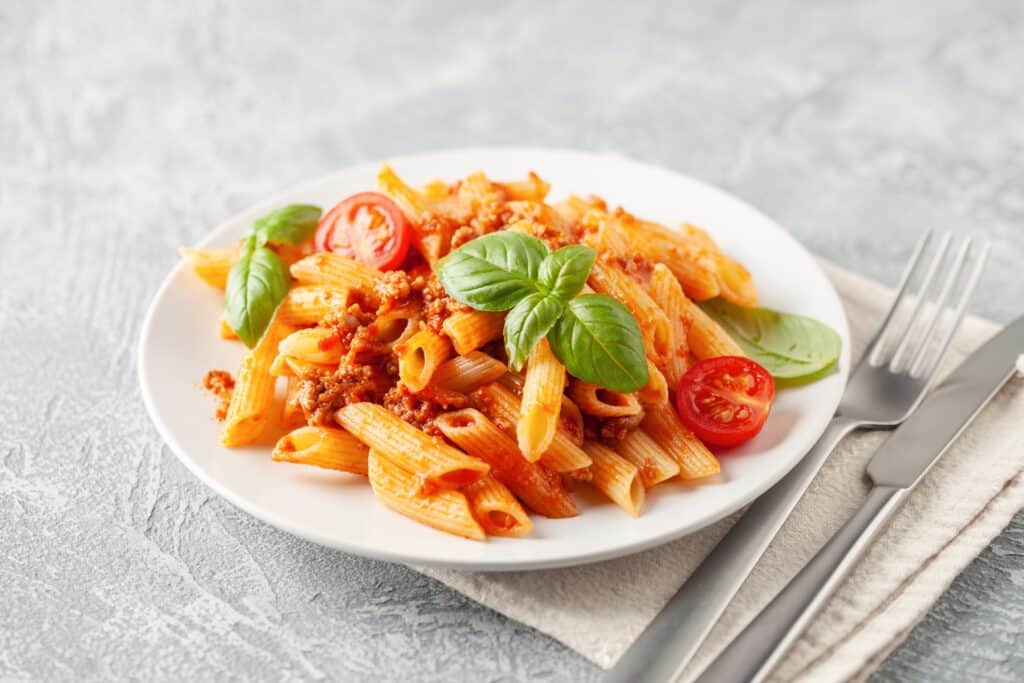
Chefs often pass on pasta in North American restaurants, especially if they frequently make it at home. They can whip up a satisfying pasta dish tailored with leftovers or whatever’s in the fridge with quality ingredients like San Marzano tomatoes and a good block of Parmesan cheese. For them, dining out is an opportunity to try something they don’t usually cook at home. Find out about how to enjoy pasta without blowing your diet.
5. Something Ordinary
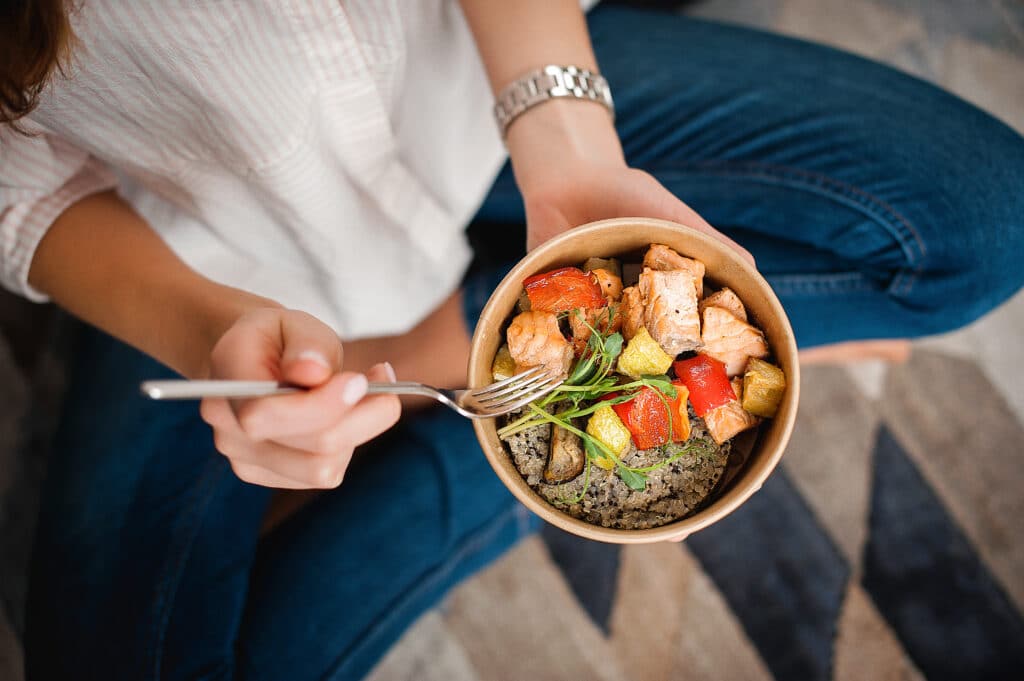
Chefs often skip dishes that are simple to make at home when they’re eating out. They prefer to order meals that are more complex, time-consuming, or require specialty ingredients that they don’t usually keep on hand.
6. The Special of the Day

Chefs might be skeptical about the “special of the day” at a restaurant. They know that sometimes, these specials are a way to use up ingredients that must be consumed before they go bad. Chefs prefer to choose dishes regularly featured on the menu, often the restaurant’s best work and freshest offerings. They’re aware that the quality of daily specials can be hit or miss, depending on how the restaurant manages its inventory and menu planning.
7. Fish on Monday
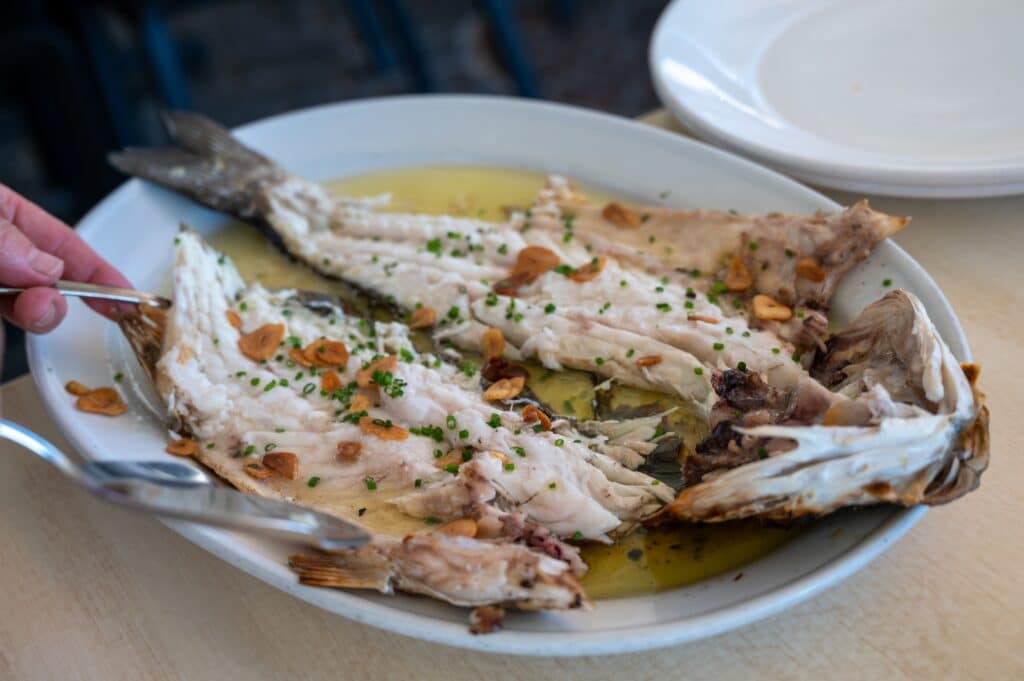
Chefs often avoid ordering fish in a restaurant on Mondays. This practice comes from the idea that fresh fish markets were traditionally closed on Sundays, meaning the fish served on Monday could be from last week’s catch. Chefs know the freshest fish is usually later in the week, so they wait to order their seafood dishes to ensure they get the best quality.
8. Wedge Salad
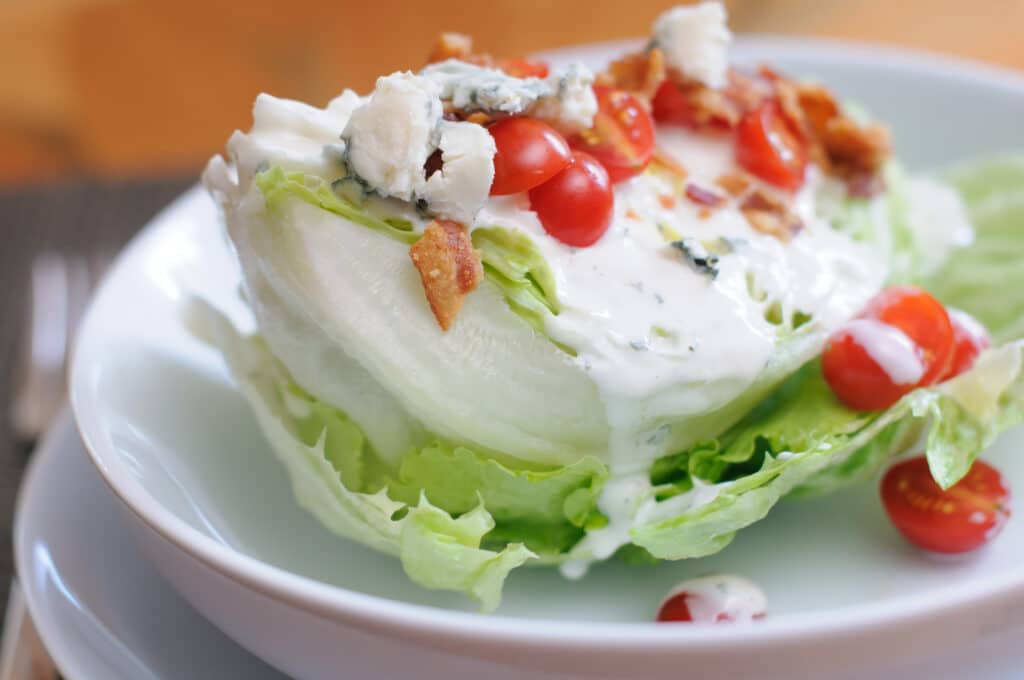
Chefs typically bypass a wedge salad on the menu. It’s a simple dish, often just a chunk of iceberg lettuce with dressing, which doesn’t showcase the chef’s skills or the kitchen’s capabilities. They know that a salad like this is easy to make at home and prefer to order more complex or unique dishes when dining out.
9. Eggs, Bacon or Sausage and Toast
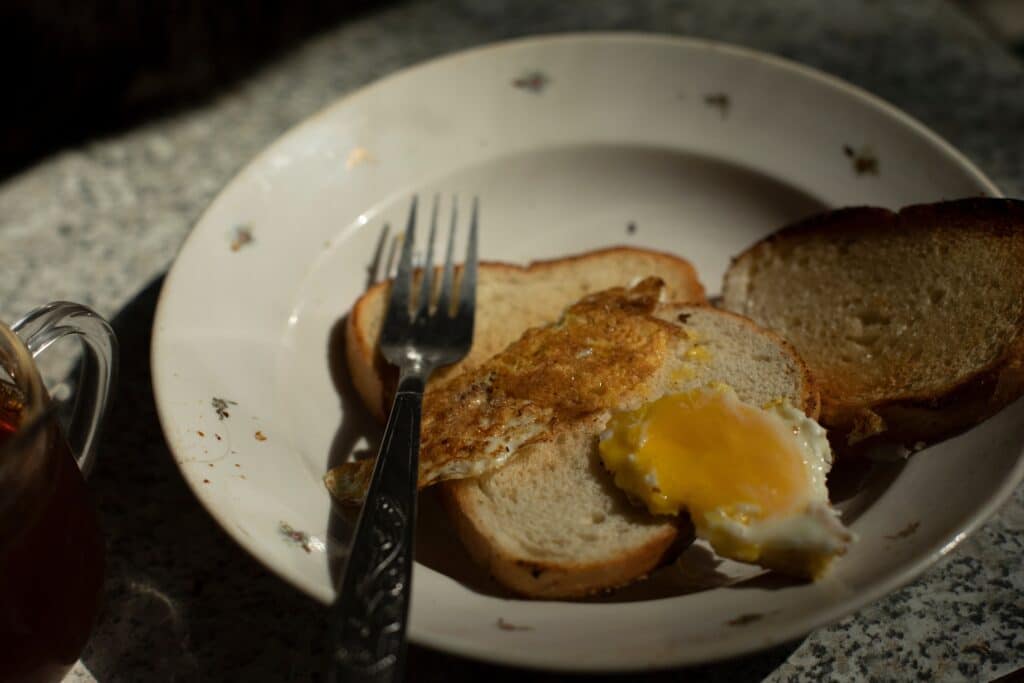
When dining out, chefs might not order a primary breakfast plate of eggs, bacon or sausage, and toast. They consider it a simple meal that doesn’t test the skill of a restaurant’s kitchen, and they can easily prepare it at home just the way they like it. When eating out, they often look for dishes that offer a new experience or that they wouldn’t typically make for themselves.
10. High Priced Tacos
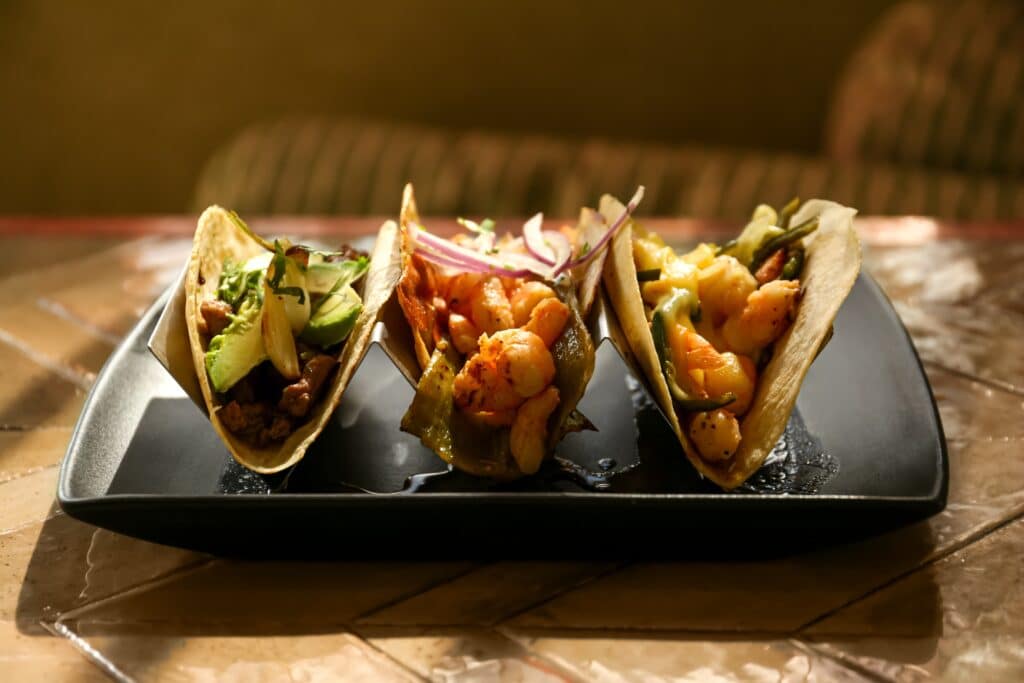
Chefs avoid ordering tacos at a high price point, significantly when they exceed $12 for a set of three, and come with sides like rice and beans they might not want. They prefer to enjoy tacos from places where they’re a specialty, such as taquerias, food trucks, or tortillerias that also sell fresh meat and toppings. These venues are often more authentic and provide better value for the money, serving tacos closer to what chefs look for in terms of flavor and authenticity. Want to know more about barbacoa? Find out about What is barbacoa? – exploring the roots and tastes of this traditional Mexican dish.
11. Restaurants with Too Large of a Menu
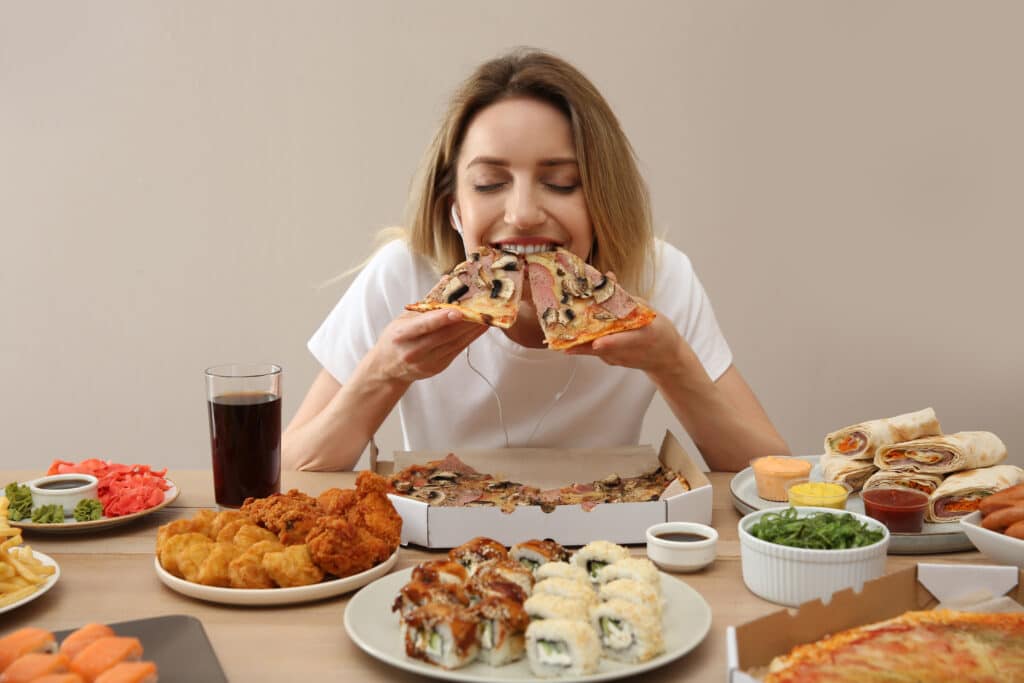
Chefs often avoid Italian restaurants with an extensive menu, including pizza, pasta, steaks, and seafood. They know that kitchens focusing on too many different dishes might be unable to execute each one with the highest quality. Chefs appreciate restaurants with a more focused menu where each dish deserves attention, ensuring a high standard of each meal served.
12. Calamari
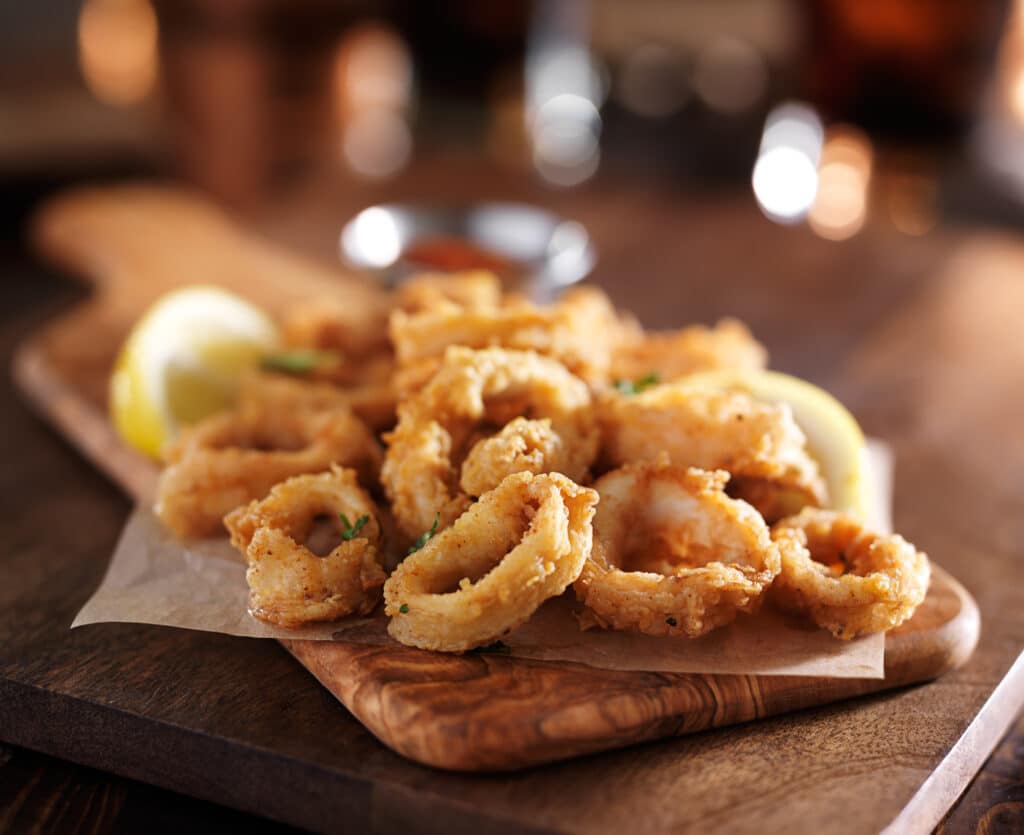
Chefs will likely skip calamari at restaurants, especially if they’ve had experience cooking it. They know that calamari must be eaten fresh from the fryer; otherwise, it can quickly become a greasy disappointment. Since it’s difficult to guarantee you’ll get it at its peak unless you’re in the kitchen, they often opt for something that holds up better after cooking.
13. Not What the Restaurant Specializes In
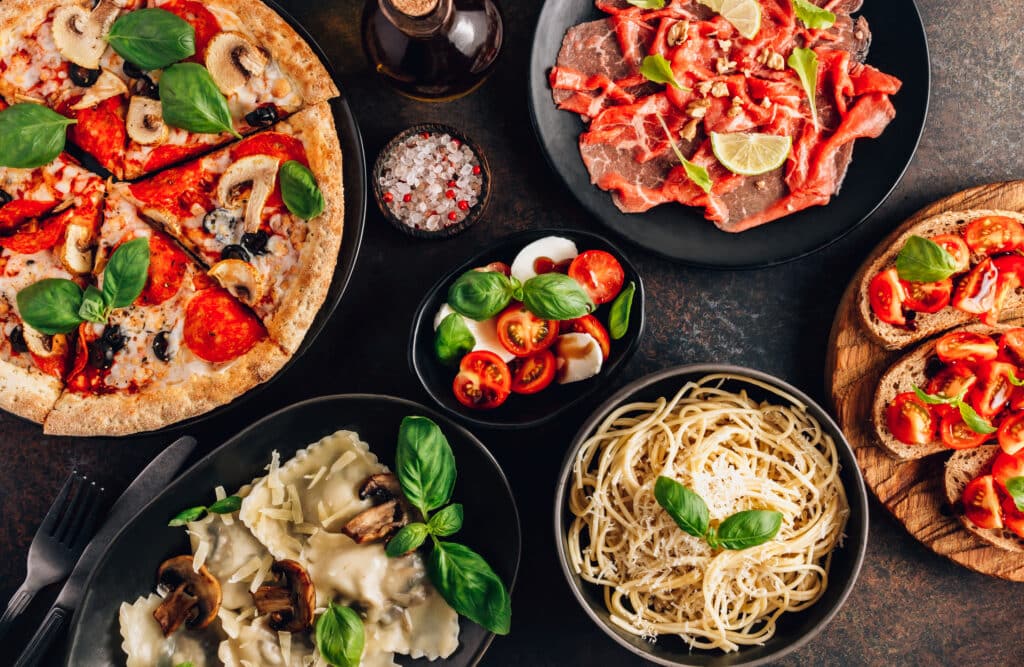
Chefs usually avoid ordering items that seem out of place on a menu, such as a random pizza at a sandwich-focused restaurant. They know such things might be pre-made or frozen, especially if they’re not a best-seller. The same goes for Chinese restaurants offering chicken nuggets or pizza places with BBQ sandwiches. These dishes are likely not the restaurant’s specialty, and chefs prefer to order what the kitchen is best at preparing to ensure they’re getting the freshest, most authentic experience.
14. Green Salad
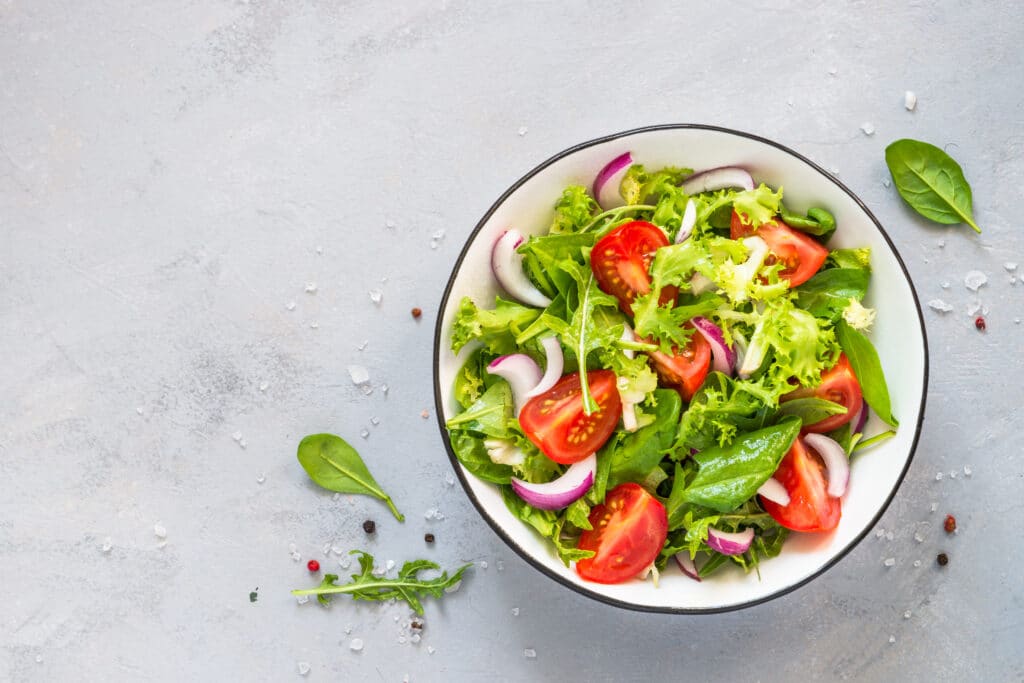
Chefs are often cautious about ordering salads in restaurants, given that the greens might come straight from a bag and may not be thoroughly washed, raising the risk of foodborne illness. This concern for safety and a high-quality standard means chefs favor dishes they feel confident won’t lead to such issues. For those who share similar problems or have dietary preferences, such as a gluten-free diet, there are plenty of safe and delicious alternatives. For inspiration on gluten-free dining without worry, look at our article featuring “10 Easy Gluten-free Dinners That Anyone Can Make” that are sure to satisfy without compromising health or taste.
15. Tuna Tataki
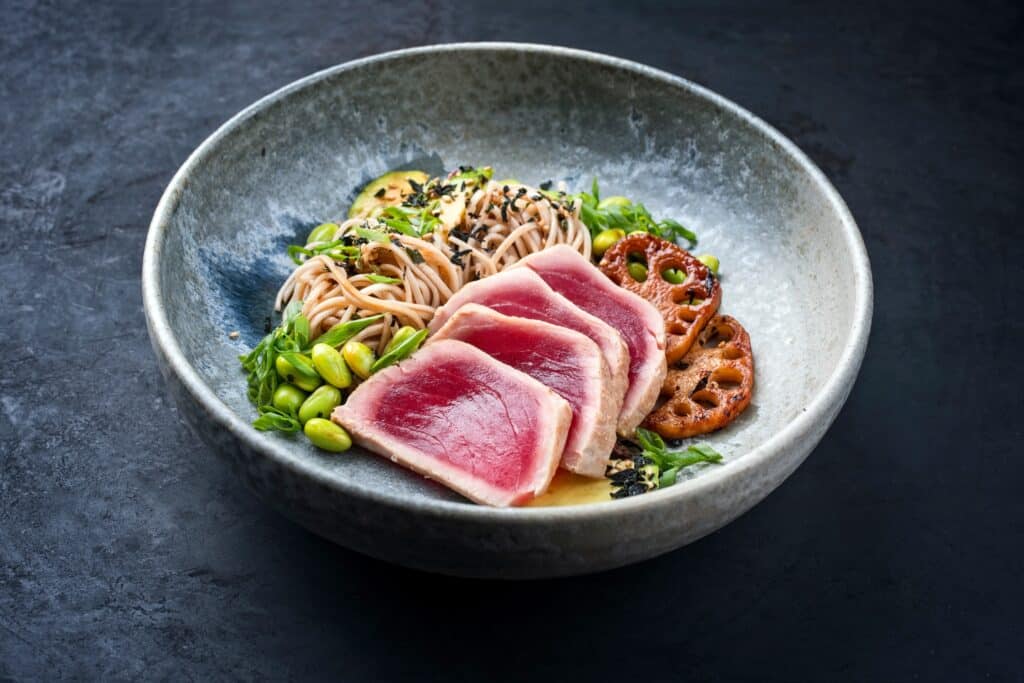
Chefs might be cautious about ordering tataki, particularly with Ahi tuna, at some restaurants because it can sometimes be a dish used to sell fish nearing the end of its shelf life. They are aware that the brief searing on the outside can disguise the quality of the fish, so they tend to be careful and might only order such dishes at reputable establishments known for their fresh seafood.
Source: Reddit.
16. 10 Unconventional Cooking Hacks That Work Like Magic
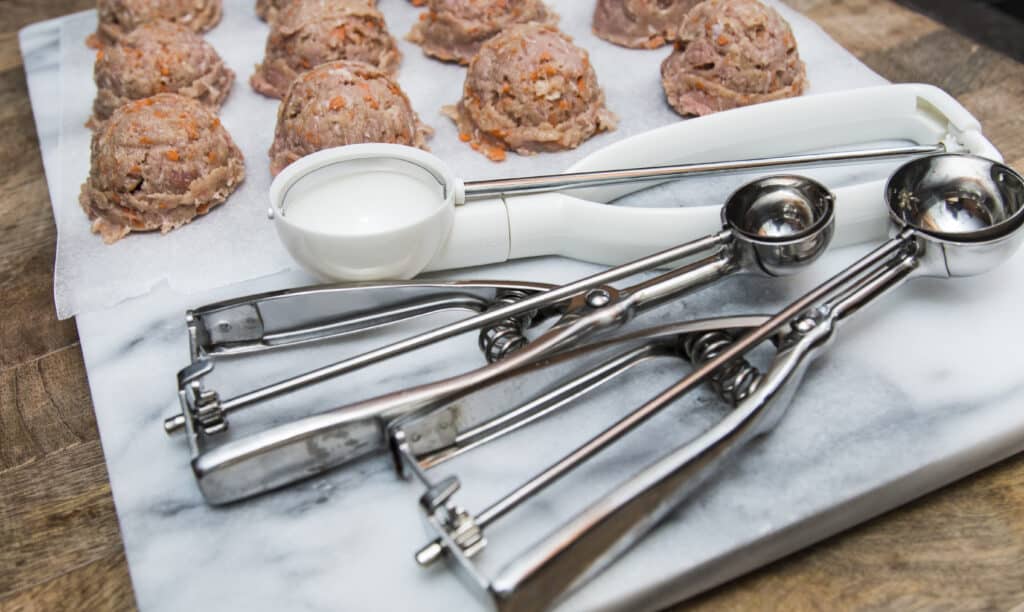
Cooking isn’t just about following recipes—it’s about innovation and ingenuity in the kitchen. In this concise exploration, we uncover “10 Unconventional Cooking Hacks That Work Like Magic” Step into the world of creative cooking, where each hack promises a delightful twist on the ordinary, transforming the mundane into the extraordinary:
17. Coffee-Free Zone: Discovering 10 Alternative Ways to Function Effectively

For many, a day without coffee seems challenging. “Coffee-Free Zone” presents ten simple, effective tips from seasoned forum users for staying alert and productive without caffeine. Discover these straightforward strategies and keep your energy up, coffee-free:
18. 12 Dishes Foodies Secretly Find Disgusting

Sometimes, even foodies encounter dishes they can’t stomach. “12 Dishes Foodies Secretly Find Disgusting” uncovers the meals that, despite the hype, some actually find unappetizing. Dive into this list of not-so-favorite foods shared by real food lovers online:

